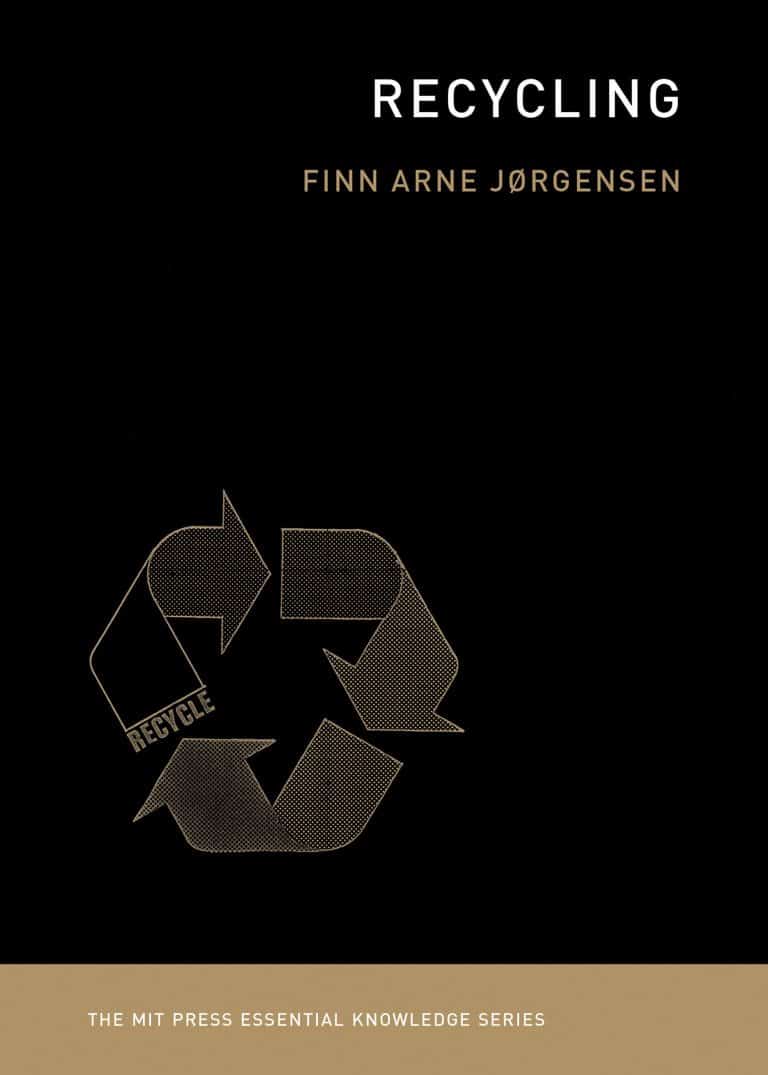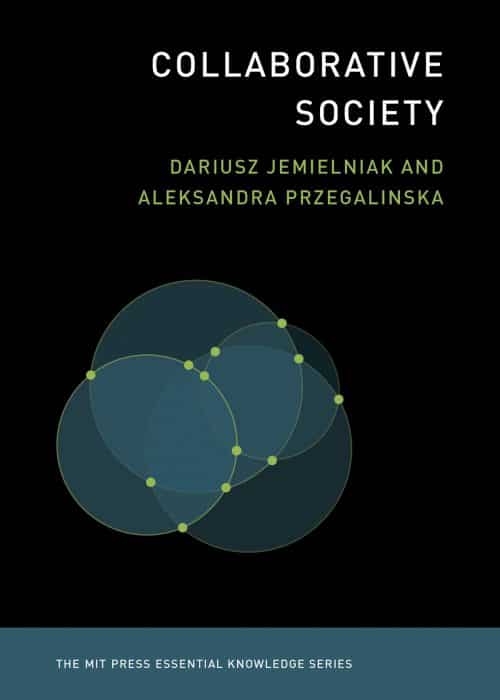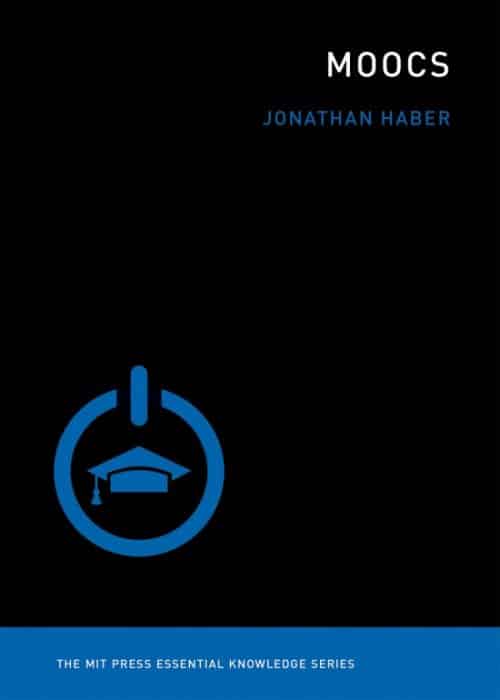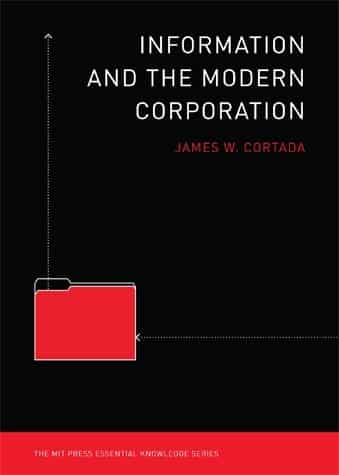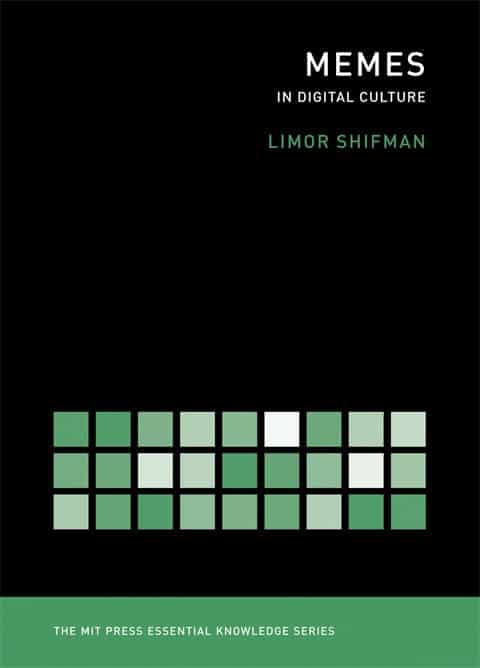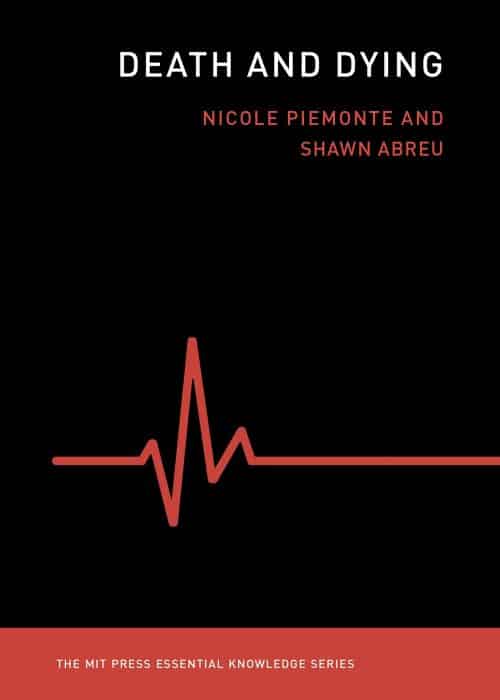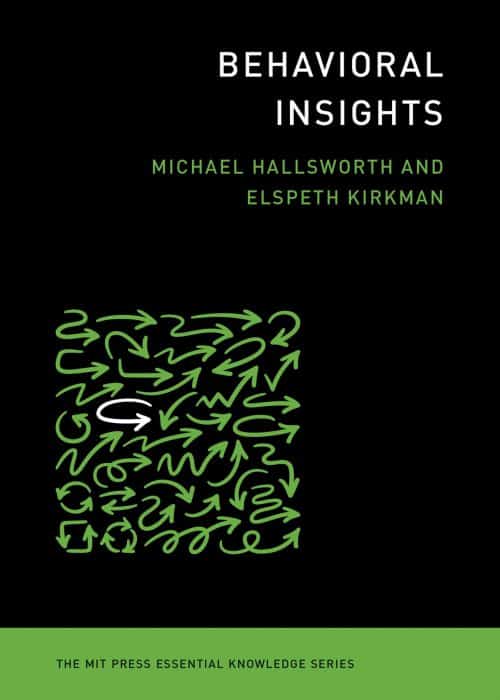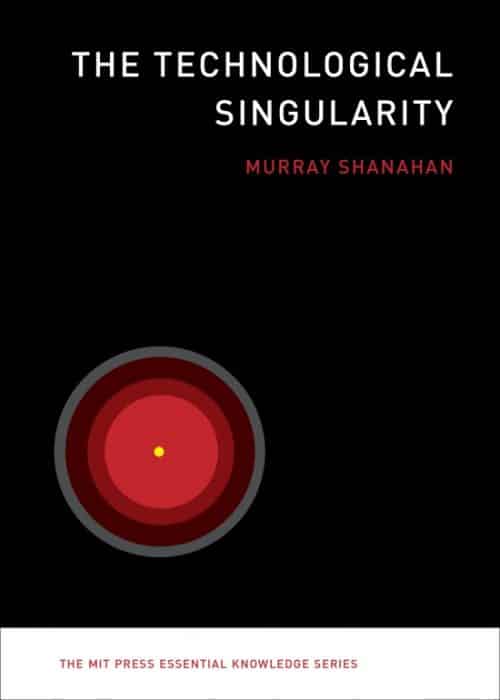Is recycling even worthwhile? Even so, does recycling benefit the environment? Finn Arne Jorgensen provides the following response in this installment of the MIT Press Essential Knowledge series: it depends. Recycling is technically a sequence of procedures, including collection, sorting, processing, and production. Recycling also has a cultural component; at its foundation, recycling is about transformation and value, turning material waste into something useful. For example, recycling plastic bottles into T-shirts and plastic bags into patio furniture. Jorgensen provides a clear and interesting review of recycling as a process and as an activity at the nexus of material and ideological issues.
In a never-ending journey toward becoming waste, Jorgensen explores a variety of materials as they alternate between producer and consumer, constantly changing in shape and value. He takes into account issues such as organic waste and cultural contamination, the evolution of recyclable writing materials such as papyrus and newsprint, the movement of used clothing from the Global North to the Global South, the changing fate of glass bottles, the effectiveness of recycling aluminum, the many different types of plastic and the challenges of making informed consumer decisions, e-waste and technological obsolescence, and industrial waste. Reiterating John Tierney’s infamous 1996 New York Times article’s opening sentence, “Is recycling garbage?” Recycling, according to Jorgensen, is essential as physical activity with a real-world impact as well as a symbolic action.

